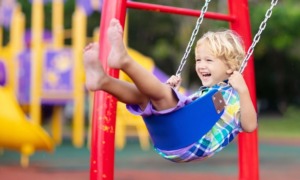The overall federal student loan default rate rose 25 percent in 2009 – from 7.7 percent in 2008 to 9.6 percent – according to preliminary information released today by the U.S. Department of Education. The default rate for for-profit colleges was the highest at 15.7 percent and the default rate for private colleges was the lowest at 4.7 percent, according to the data.
Defaulting for-profit students made up more than half of all the defaults, though students at proprietary schools make up only about 12 percent of all post secondary education students. In all categories – public, private nonprofit and for-profit – students who attended less than four years of postsecondary schooling, whether they dropped out or pursued shorter programs, had higher defaults that those who completed baccalaureate degrees.
The biggest percentage increase is number of borrowers who defaulted was among students who attended private nonprofit colleges. Their default rate climbed almost 31 percent, though in numbers they represented less than a quarter of the actual number of for-profit students who defaulted on their loans.
The numbers were compiled in February and represent two-year cohort default rates. Under federal law, schools that have too many students in default on their loans – currently the maximum is 25 percent for three years or 40 percent in a single year – may be barred from participating in federal student loans programs.
Though the new figures span most of the lowest points of the recent deep recession, the number of students apparently graduating with a four-year degree from all post secondary education institutions rose – from a total of 1.86 million in 2008 to a total of 2.1 million in 2009.
The data released cover only overall numbers and were not provided for individual schools.































